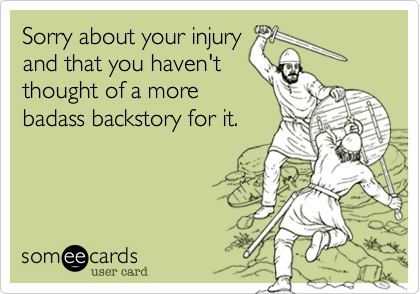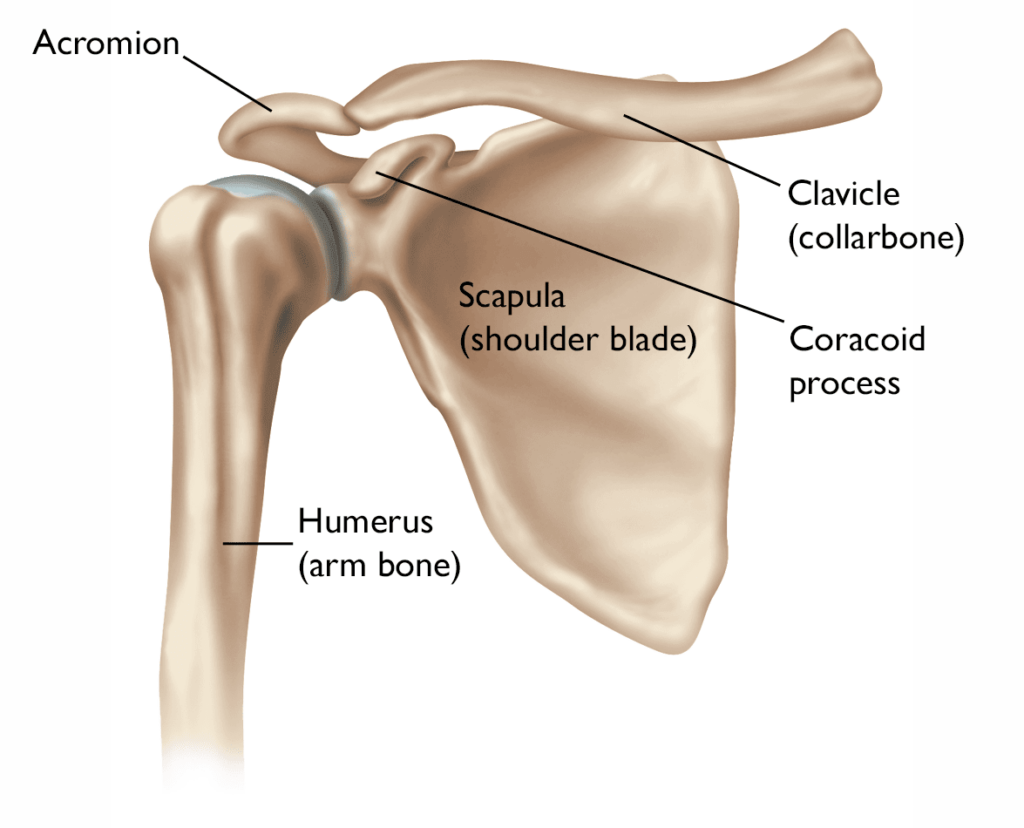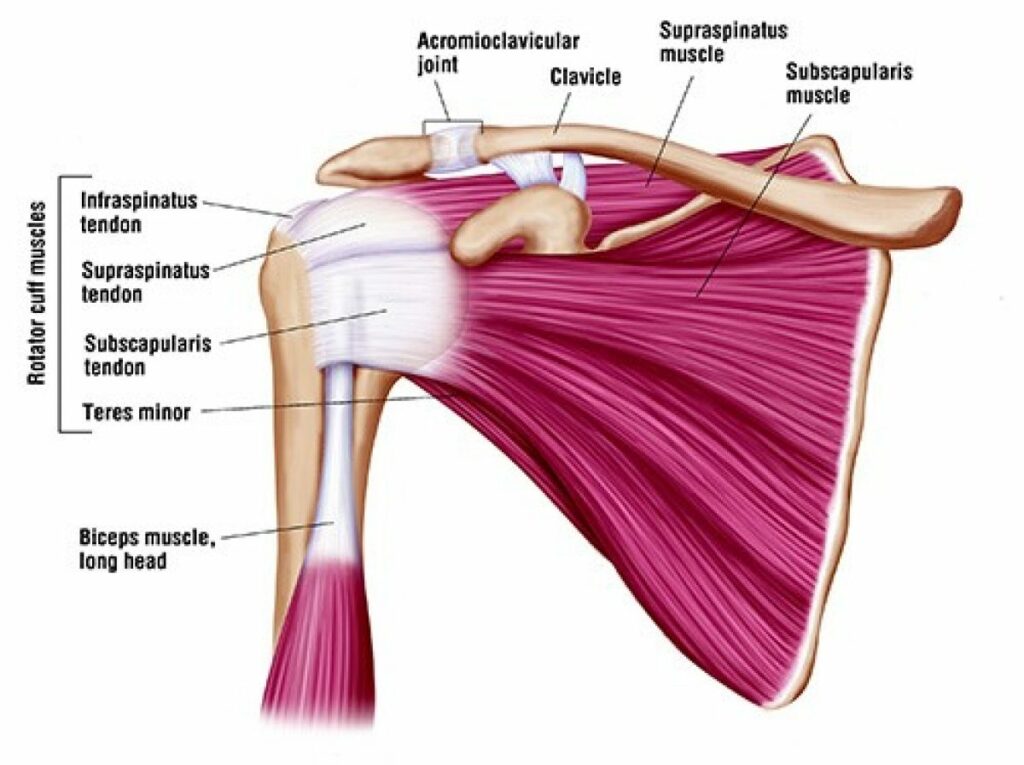When it comes to the often vexing issue of shoulder pain, it’s time to shift our perspective away from exclusively isolating rotator cuff strengthening. Let me explain why.
The rotator cuff has long been a source of confusion and frustration, not only for patients but also for medical professionals, including physical therapists. It’s a subject I became personally acquainted with over a 15-year journey filled with off and on shoulder pain and rehabilitation. My saga began during my high school lacrosse days when I first encountered shoulder pain. The rehab team promptly diagnosed it as a rotator cuff strength issue, and the prescription was the classic regimen of 3 sets of 10 banded external rotations. It seemed to work temporarily, but just when I thought my shoulders couldn’t be any stronger, another setback occurred. What the heck!!

The exercises felt beneficial, and I believed I was proactively safeguarding my shoulders. However, sporadic bouts of excruciating shoulder pain continued to sideline me. I couldn’t understand why this was happening if I was the shoulder external rotation champion I thought I was.
This pattern persisted through high school and undergraduate years, and incredibly, even as I completed my Doctorate in Physical Therapy, I was taught to focus on rotator cuff strength and, when in doubt, rest and rebuild over time. However, as an athlete, I was unwilling to constantly unload and risk losing progress. Something about this approach didn’t sit right with me.

This dissatisfaction drove me to specialize in sports physical therapy, with the aim of becoming more effective in helping athletes like myself. It was during my fellowship training that I finally received the answer to my enduring question: How can the rotator cuff be trained effectively to alleviate shoulder pain? The first step in understanding this answer is to grasp the anatomy and mechanics of the shoulder.
The shoulder functions as a ball and socket joint. The humeral head (arm bone) serves as the ball, while the socket is formed by the scapula (shoulder blade). The rotator cuff comprises four muscles that run from the scapula to the humeral head, aiding in the smooth movement of the ball within the socket during shoulder actions.


Here’s the crucial point: for the rotator cuff muscles to have maximal activation and performance, the scapula must move and function properly as well. And how often does the scapular move as it should? Hardly ever. This was the missing piece I was searching for.
Strengthening the rotator cuff muscles is a key focus in addressing shoulder pain, but since these muscles originate from the scapula, their function is compromised when the scapula doesn’t move correctly. In most cases of shoulder pain, the root issue is scapula dysfunction, rather than a direct problem with the rotator cuff muscles. Attempting to directly activate inflamed and stressed rotator cuff muscles is very ineffective.

So, if you’ve been like me, diligently performing shoulder external rotation exercises with little progress, what should you do? The initial step is to engage in mobility drills to ensure that your scapula is moving as it should. You can find links to our favorite drills below:
3 Best Mobility Drills For Shoulder Pain
Next, you should strengthen the muscles responsible for moving the scapula in a healthy manner, particularly during overhead activities. We’ve provided some excellent exercises for this purpose below:
Surprisingly, here at The Charlotte Athlete, we rarely prescribe isolated rotator cuff exercises to athletes experiencing shoulder pain, and yet we achieve remarkable results. Why? Because we address the root cause of rotator cuff weakness and pain, which is the restoration of proper scapular movement. Once the scapula functions as it should, every movement becomes a rotator cuff strengthening exercise since the rotator cuff can now perform its role effectively. Unless you’ve had surgery, there’s usually no need for isolated rotator cuff strengthening exercises

Shoulder pain is the most common injury we encounter in athletes, making it our specialty. If you reside in Charlotte, NC, and are grappling with shoulder pain, we’re here to help! Please click here or reach out to us directly for pain relief, improved strength, and a return to high level activities. Feel free to comment below with any questions or concerns!
PS: For those who have found relief through isolated rotator cuff strengthening exercises, remember that improvement is one thing, but long-term success is whole nother animal.
Thanks for reading,
Dr. Ells

